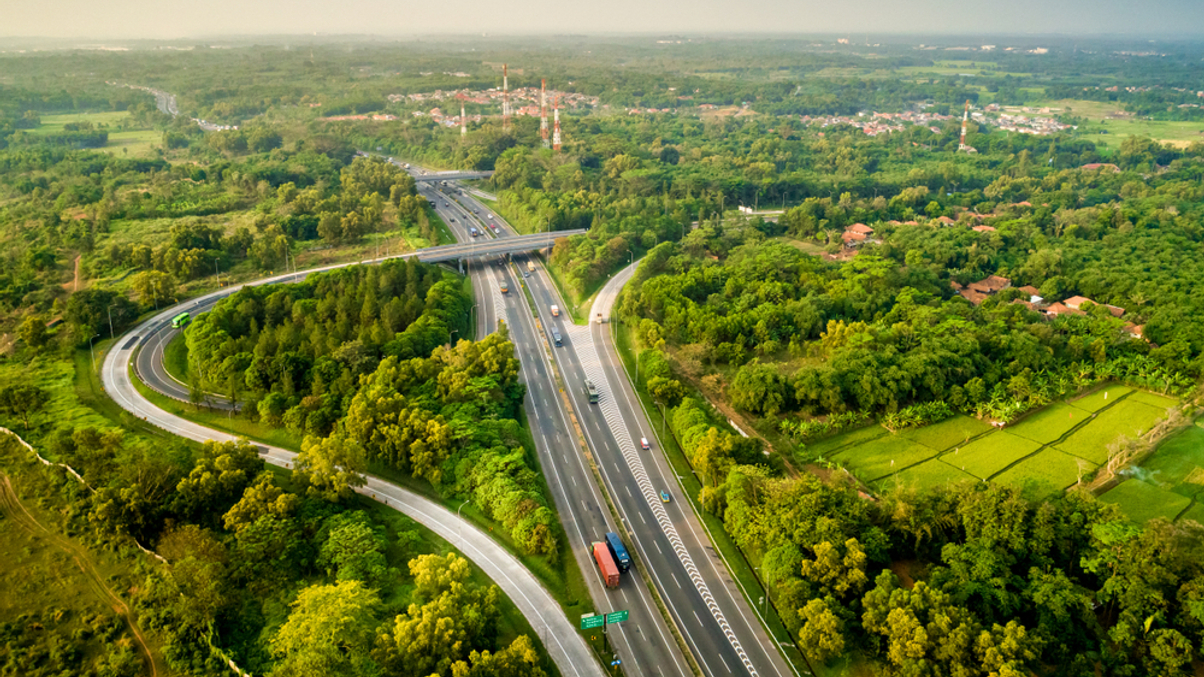Sovereign funds see growing opportunities in EM infra
Although allocations to emerging markets can carry added risk, asset owners such as GIC and INA are adding to their already substantial investments in infrastructure funding.

Global sovereign wealth funds have been a significant force in the funding of major infrastructure projects across the Asia region.
Sign in to read on!
Registered users get 2 free articles in 30 days.
Subscribers have full unlimited access to AsianInvestor
Not signed up? New users get 2 free articles per month, plus a 7-day unlimited free trial.
¬ Haymarket Media Limited. All rights reserved.


